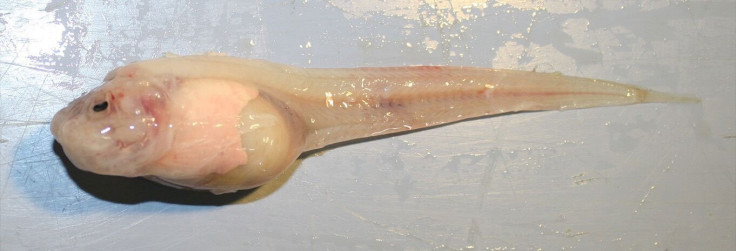This is how the deepest living fish survives in pressures akin to an elephant standing on your thumb
The Mariana snailfish has been documented at depths of more than 8,000 metres below the ocean surface.

How does the deepest-living fish in the ocean survive 8km below the surface in pressures equivalent to an elephant standing on your thumb?
It uses its body filled with watery goo, according to Mackenzie Gerringer, a deep-sea ecologist from the University of Washington.
In a recent paper, published in the journal Zootaxa, Gerringer and her colleagues described a new species of snailfish that has been confirmed to live at depths of more than 8,000 metres in the Mariana Trench.
Living in such extreme pressures and temperatures of 1° or 2° Celsius, snailfish don't "look very robust ... or very armoured," she told ScienceNews. "You can actually see the brain through the skull."
In fact, snailfish lack dense muscle and bones, which may improve their buoyancy and help them to save energy. They also lack air pockets inside their bodies which help other fish to float – these would be squashed by the extreme pressure – and instead are filled with deposits of a watery goo that is more buoyant than muscle and bone, but harder to compress than air.
This goo may also improve swimming efficiency, Gerringer suggests in another study published in Royal Society Open Science.
In an experiment, she created a 3-D printed robotic snailfish with a sac around the tail in which water could be added or subtracted to approximate the gooey, gelatinous tissue.
When the sac was empty Gerringer noticed that the body produced significant drag, which made swimming a struggle. However, when the sac was full, the body of the robotic fish appeared more efficient, allowing it to swim faster.
This gooey tissue is easy for the snailfish to grow, according to Gerringer, as it is mostly made up of water.





















